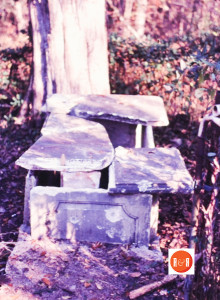
The grave of Thomas C. Taylor, died 1832, at Pinckneyville which once stood near the village. Image by J.L. West in circa 1988.
Jefferson Davis Trail Stop #5
Passing within a half mile of the Bullock’s Creek Presbyterian Church, the entourage stopped at a tavern about a mile from the Pinckneyville Ferry as preparations were being made for their crossing. At this same time, Mrs. Davis and her escort were twenty miles to the east in Chester. Davis took time to visit with the local folk who had assembled in hopes of seeing and speaking to their President. As the sky began to grow cloudy, Davis and his cabinet said their goodbyes to the people of York County. (The party crossed the Broad River that evening and took the road up the opposite river-bank to the old Pinckneyville Courthouse.)
Jerry L. West – Jefferson Davis Flight Through York County, Part II
The Confederate Presidential party encamped that night somewhere between Yorkville and Unionville, probably at Pinckneyville. Arriving about 11:00 AM on April 29 in Unionville… (Folklore says it “may have been” the Gist House near Pinckneyville, to which Davis’s party took shelter.)
Jefferson Davis in S.C. by Sam Thomas, 1998 the Palmetto Conservation Foundation
After visiting Pinckneyville, the Davis party moved on to Union, S.C. early the following morning….
See additional information on Jefferson Davis as well as local history below…
See complete book on the travels of CSA Pres. Jefferson Davis and his wife Varina Davis: Without Tap of Drum by historian James W. Gettys, Jr. posted on Roots and Recall – 2024.
R&R NOTE: As to the charge that President Davis was preparing for “flight” from the country, there is not even the pretence of any evidence to support it. It is a mere calumny, without any basis of truth whatever. The only proposition of that sort of which we have any evidence, proceeded from a very different quarter – from the headquarters of the Federal army. General Sherman, in his Memoirs (pages 351-52), says that, in a conference with his general officers, pending the negotiations for an armistice, they discussed the question whether, “if Johnston made a point of it,” he (Sherman) should assent to the “escape from the country” of the Confederate President and Cabinet; and that one of the council insisted that, if asked for, a vessel should be provided to take them to Nassau. He does not say whether he himself favored this proposition, or not; but General Johnston, in a note to his account of the negotiations, which Sherman pronounces “quite accurate and correct,” says “General Sherman did not desire the arrest of these gentlemen. He was too acute not to foresee the embarrassment their capture would cause; therefore, he wished them to escape.” The True Story Of The Capture Of Jefferson Davis by Major W. T. Walthall, (Late A.A.G., Confederate Army.)
“Upcountry S.C. District Court Town”
Historic Pinckneyville: An early court house settlement overlooking the west side of the Broad River. Pinckneyville was once a
highly prosperous town featuring a store, jail, homes, and perhaps a clock factory. It was constructed under the watchful eyes of Colonel William Bratton of York County, SC who served. The original buildings at Pinckneyville highly resemble those built later at the Homestead House at Brattonsville by the colonel’s son, Dr. John Simpson Bratton.
When Pinckney District was created in 1791, it comprised the counties of Union, Spartanburg, York, and Chester. Three commissioners appointed by the Legislature selected a place in the northern part of Union county for the new courthouse town to be established. Pinckneyville is one of the earliest settlements in the South Carolina backcountry. It reflects the spread of justice throughout the state in the early years and the beginnings of representative government beyond the border of Charleston. For the first ninety years of provincial Carolina, Charleston was the source of all judicial proceedings. For the accommodation of the remote settlers, an act was passed in 1796 by which district courts were established at Beaufort, Georgetown, Cheraw, Camden, Orangeburg and Ninety Six. In 1789, the circuit courts were invested with complete and final jurisdiction. In two more years, Pinckney and Washington districts were added. Although the town never flourished as its planners had dreamed, it does reflect a significant era of South Carolina history. The National Register property consists of 1.75 acres of the original site of Pinckneyville and contains the ruins of the brick jail and one other brick building, usually referred to as the old store.
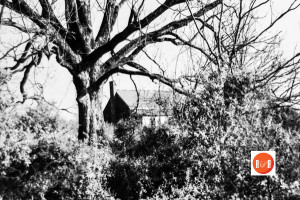
View of the overgrown store building in the 1950s. Courtesy of the Meek Photo Collection
Structurally in good shape, with interior wainscoting, fireplace, mantel and moldings intact, this building may possibly have been designed as a government building. Listed in the National Register December 2, 1969. [Courtesy of the S.C. Dept. of Archives and History]
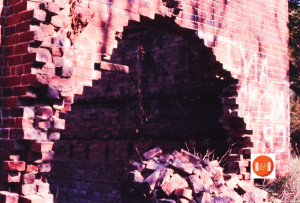
View of the historic jail at Pinckneyville taken by J.L. West in circa 1988.
“When Pinckney District was created in 1791, it comprised the counties of Union, Spartanburg, York, and Chester. Its courthouse town, Pinckneyville, was built on what a 1792 Philadelphia National Gazette reported as “a pleasant, romantic… elevated situation… on the banks of the Broad River… nearly in the center of the most desirable counties in the world, the back part of South Carolina.” Pinckneyville was originally envisioned as an upcountry metropolis and its streets given such names as Meeting, Broad, Tradd, and Watershed. Tradition says that the town itself was named for Charles Cotesworth Pinckney. A courthouse and jail were built immediately, and Pinckneyville had a post office as early as 1795. There was also a log school house. Stagecoaches ran through the town, crossing Broad River at nearby Pinckney Ferry; old accounts recall that, as the driver approached the ferry on the York side of the river, he would blow one long blast as a signal that the stage was coming, and a short blast for each passenger so that the Pinckneyville inn-keeper would know how many to expect. The town never flourished as its planners had dreamed, however. Judge John F. Grimke presided over the last session of court held there, in 1802, and gradually over the years, the entire town disappeared. All that remains is the tombstone of Thomas C. Taylor (born in Ireland in 1776, died in Pinckneyville in 1832) and a single one-story brick building whose construction details give evidence that it was built in the late 18th Century, perhaps as the courthouse, perhaps as the jail, but, more likely, as the Pinckneyville village store.”
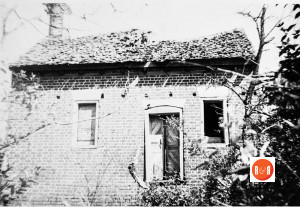
Images of the Pinckneyville Jail and interior fireplace – ca. 1950s. Courtesy of the Coleman – Meek Photo Collection
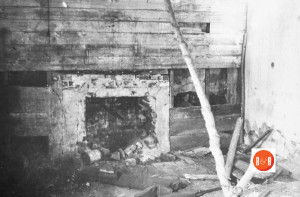
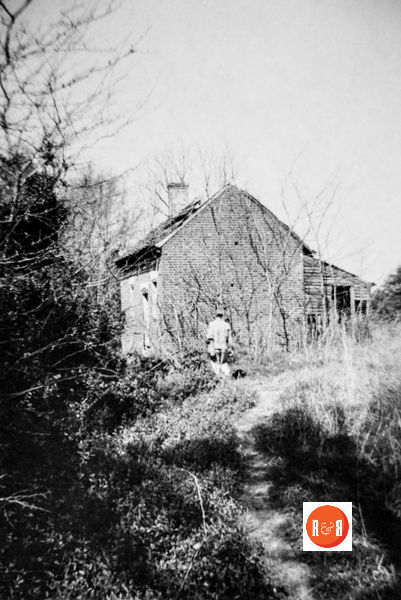
Courtesy of the Coleman – Meek Collection, ca. 1940s.
“In 1792 Pinckneyville Ferry on the Broad River near Bullocks Creek was built by Thomas Wood and James Bankhead. In 1805, Col. William Smith bought the ferry and later it was owned by Richard Thompson. It is possible that this Colonel Smith was the man for whom Smiths Ford was named, but documentary proof of this is lacking. In April, 1865, Jefferson Davis and a small group of Confederates crossed the ferry at Pinckneyville in their flight from Richmond following the collapse of the Confederacy.”
Information from: Names in South Carolina by C.H. Neuffer, Published by the S.C. Dept. of English, USC
HISTORY OF PINCKNEYVILLE– By Louise Pettus
When the Revolutionary War was over and the state of South Carolina was created, the state was divided into counties not larger than forty miles square. The counties were then to be a part of seven court districts named Ninety-Six, Camden, Cheraws, Georgetown, Charleston, Beaufort and Orangeburg. The court district of Camden was made up of the counties of Clarendon, Richland, Fairfield, Claremont, Lancaster, York (or New Acquisition) and Chester.
Each of the counties had what was called an “inferior court” which is defined as any court whose decisions can be appealed to a higher court. County courts came into existence in 1785 and it was not until 1791 that higher courts were created. There were two layers of higher courts. The next higher level was called General Sessions and Common Pleas Courts. The courthouse in Camden served as the location for cases that came from Lancaster, Kershaw (a new county in 1791), Claremont, Clarendon, Richland, Fairfield and that part of York County on the east side of the Catawba river (now Fort Mill township). And what about that part of York county on the west side of the Catawba river? A new district was created to take in York west of the Catawba, Chester, Spartanburg and Union. The new district was called Pinckney., named in honor of Charles Cotesworth Pinckney, a signer of the U. S. Constitution. Just as the legislature had decided that the county seat of each county must be in the geographic center of the county, they decided that the district courts must be seated in the exact center of the district. The exact center of Pinckney District was determined to be on the southwest side of the Broad River within one mile of the mouth of the Pacolet River. This turned out to be in present Union County at a spot 13 miles northeast of the town of Union and a mile from Pinckney’s Ferry. Commissioners were assigned to create the village. The streets were named for Charleston streets: Meeting, Broad, Water, Trade, etc. The courthouse and jail were brick. Expectations were that Pinckneyville would become the commercial metropolis of upper South Carolina.
A committee of U. S. congressmen, when seeking a spot to establish the U. S. Military Academy, visited Pinckneyville as well as the Great Falls area, both places losing out to West Point, N. Y. Thomas Suggs came down from Connecticut and set up a clock factory and Seth Thomas, another clockmaker, owned about six acres nearby. In 1797 the S. C. legislature bestowed a charter on Alexandria College, named for the Rev. Dr. Joseph Alexander the first minister of Bullocks Creek Presbyterian. The college was intended for Pinckneyville but it was never built. In 1800, the county courts were abolished and each of 28 counties became a district court. This caused a shift in names as the former counties became Chester District, Lancaster District, York District, etc., a designation that lasted until 1868. So, in 1800 Pinckneyville lost its function as a courthouse town and had no reason to have either a courthouse or jail. Both structures no long exist but the jail lasted longer, probably because the brick wall was 18 inches thick. The size of the building was 14 x 20 feet. It has been described as plastered inside with 2 doors and 2 windows. The shutters and doors were “double planked and thick with nails well clinched.”
There was an inn visited regularly by a stagecoach. The coach driver would blow one long blast as he approached the Pinckney ferry to give warning that he was coming. Then he blew a short blast for each passenger so that the inn keeper would know how many guests he would need to feed. When railroads came the era of stage coaches came to an end and with that event Pinckneyville died. Courtesy of the author and the YCGHS, June 2004
Stay Connected
Explore history, houses, and stories across S.C. Your membership provides you with updates on regional topics, information on historic research, preservation, and monthly feature articles. But remember R&R wants to hear from you and assist in preserving your own family genealogy and memorabilia.
Visit the Southern Queries – Forum to receive assistance in answering questions, discuss genealogy, and enjoy exploring preservation topics with other members. Also listed are several history and genealogical researchers for hire.
User comments welcome — post at the bottom of this page.
Please enjoy this structure and all those listed in Roots and Recall. But remember each is private property. So view them from a distance or from a public area such as the sidewalk or public road.
Do you have information to share and preserve? Family, school, church, or other older photos and stories are welcome. Send them digitally through the “Share Your Story” link, so they too might be posted on Roots and Recall.
User comments always welcome - please post at the bottom of this page.


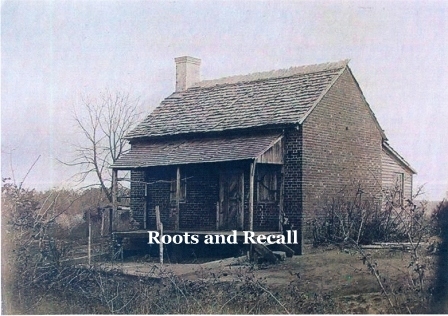
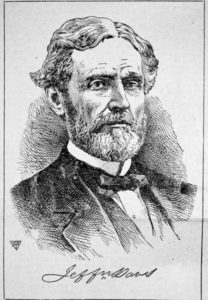
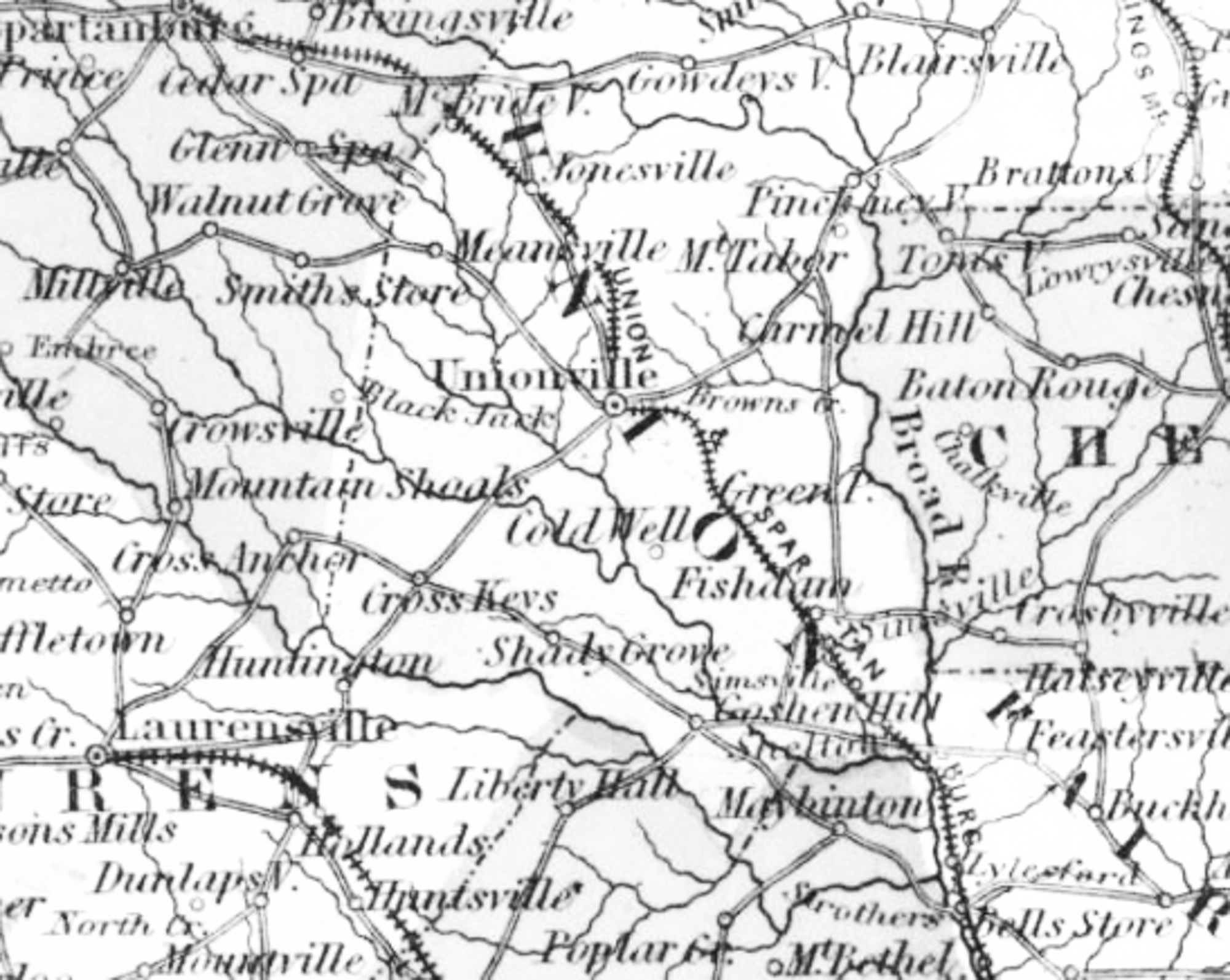
![Court House at Pinckneyville, SC [Courtesy of the Union County Historical Museum]](https://www.rootsandrecall.com/union/files/2013/05/th_35daec7018489a4d3b823df8bdea5fee_1369667323PinckneyvilleUnionCoSCBratton.jpg)
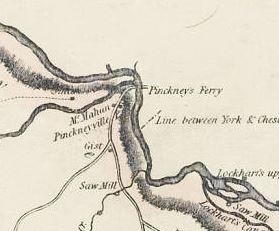
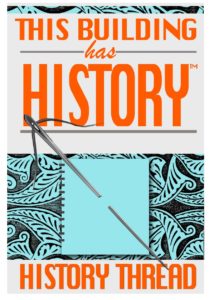

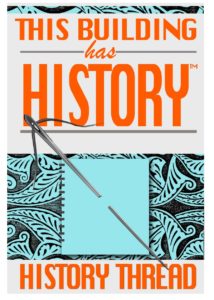


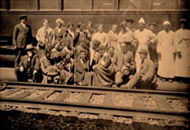
Share Your Comments & Feedback: